Charles d’Eon de Beaumont was a French spy. He is best remembered for his sexual ambiguity, which he used to assume different identities. D’Eon was born on October 5, 1728 in Tonnerre, France. His physical appearance had attracted attention since he was a child. He was not able to grow much of a beard, and his round hips and vaguely feminine breasts lent him an effeminate appearance.
At 28 d’Eon joined the Secret du Roi: the French spy service. The year was 1756. Prussia and Great Britain had formed a military alliance against France. The Seven Years’ War was beginning. Louis XV of France sent d’Eon to Russia to investigate the possible advantages of an alliance. D’Eon disguised himself as a woman, calling himself Lia de Beaumont. He managed to successfully infiltrate the Russian court, posing as a lady-in-waiting to tsarina Yelizaveta Petrovna. D’Eon was able to collect substantial information on Russian politics, and was close enough to the tsarina to influence her decisions.
More importantly, his work promoted the birth of an alliance between France and Russia.
D’Eon returned to France in 1761 and resumed his true identity. He fought courageously in the final phases of the war and the king granted him the title of chevalier. He was sent to London in 1763. Posing as the secretary of an ambassador, he was charged with planning the French invasion of Great Britain.
D’Eon slipped effortlessly into British high society. When he was 36 he published an autobiography, Letters, Memoirs, and Particular Negotiation, which made him more of a public figure. But rumors about his achievements in Russia began to circulate. People alleged that the chevalier d’Eon was really a woman disguised as a man. At this point, D’Eon began to claim that he actually was a woman. He claimed that he had been born a girl and forced by his father to wear boy’s clothing.
In 1774 Louis XV of France died. His successor, Louis XVI, abandoned the idea of invading Britain. D’Eon returned to France in 1777. He had completely embraced his female identity, and lived out the rest of his days as a woman. In 1785 d’Eon returned to Great Britain. He died in London on May 21, 1810. He was nearly 81. He had spent the last 30 years living as a woman. An autopsy confirmed that madamoiselle d’Eon was, in every respect, a man. The term Eonism, which means to dress as a member of the opposite sex, is derived directly from the life and experiences of Chevalier d’Eon.
At 28 d’Eon joined the Secret du Roi: the French spy service. The year was 1756. Prussia and Great Britain had formed a military alliance against France. The Seven Years’ War was beginning. Louis XV of France sent d’Eon to Russia to investigate the possible advantages of an alliance. D’Eon disguised himself as a woman, calling himself Lia de Beaumont. He managed to successfully infiltrate the Russian court, posing as a lady-in-waiting to tsarina Yelizaveta Petrovna. D’Eon was able to collect substantial information on Russian politics, and was close enough to the tsarina to influence her decisions.
More importantly, his work promoted the birth of an alliance between France and Russia.
D’Eon returned to France in 1761 and resumed his true identity. He fought courageously in the final phases of the war and the king granted him the title of chevalier. He was sent to London in 1763. Posing as the secretary of an ambassador, he was charged with planning the French invasion of Great Britain.
D’Eon slipped effortlessly into British high society. When he was 36 he published an autobiography, Letters, Memoirs, and Particular Negotiation, which made him more of a public figure. But rumors about his achievements in Russia began to circulate. People alleged that the chevalier d’Eon was really a woman disguised as a man. At this point, D’Eon began to claim that he actually was a woman. He claimed that he had been born a girl and forced by his father to wear boy’s clothing.
In 1774 Louis XV of France died. His successor, Louis XVI, abandoned the idea of invading Britain. D’Eon returned to France in 1777. He had completely embraced his female identity, and lived out the rest of his days as a woman. In 1785 d’Eon returned to Great Britain. He died in London on May 21, 1810. He was nearly 81. He had spent the last 30 years living as a woman. An autopsy confirmed that madamoiselle d’Eon was, in every respect, a man. The term Eonism, which means to dress as a member of the opposite sex, is derived directly from the life and experiences of Chevalier d’Eon.
RELATED
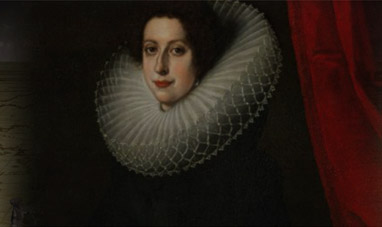

CATHERINE DE MEDICI
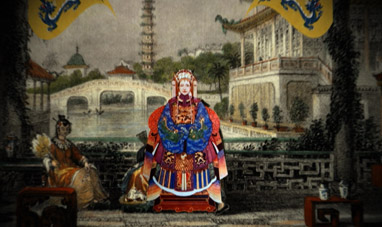

CIXI, DOWAGER EMPRESS OF CHINA
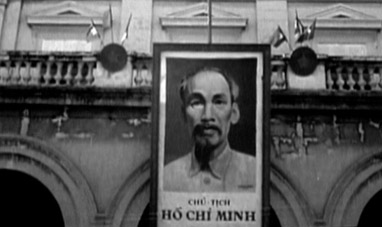

HO CHI MINH


MATTHEW C. PERRY
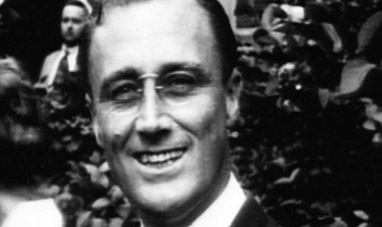

FRANKLIN DELANO ROOSEVELT


ALCIDE DE GASPERI


GORDON ARNOLD LONSDALE
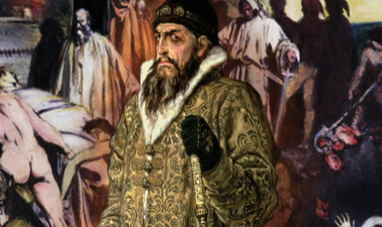

IVAN THE TERRIBLE


TONY BLAIR
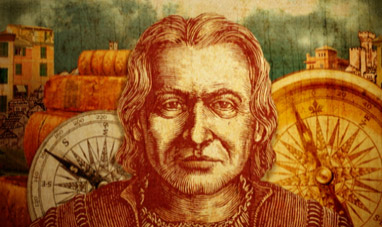

COLUMBUS, CHRISTOPHER


RICHARD SORGE
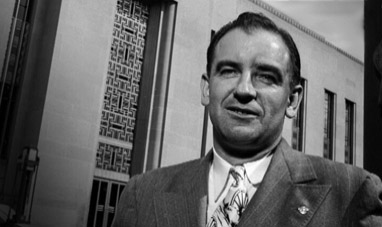

JOSEPH MCCARTHY
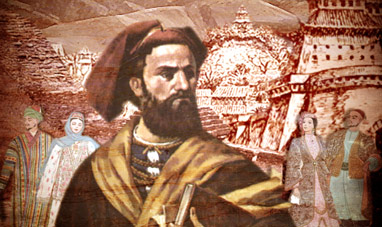

MARCO POLO


MIKHAIL GORBACHEV


NEIL ARMSTRONG
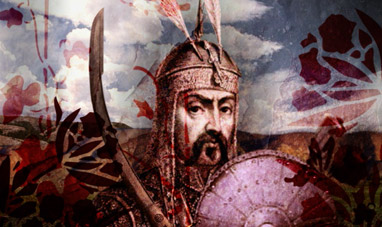

GENGHIS KHAN
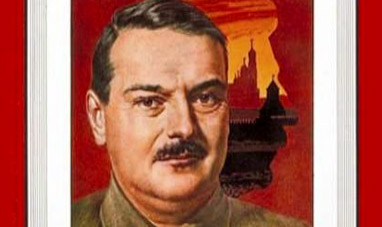

ANDREI ZHDANOV


LEANDRO ARAGONCILLO
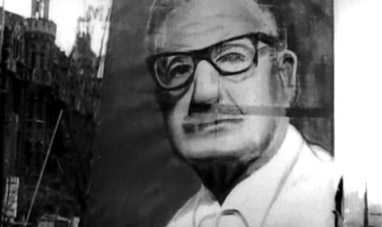

SALVADOR ALLENDE


HADRIAN


RUHOLLAH KHOMEINI
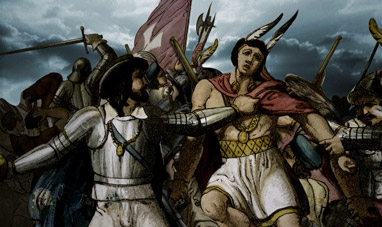

FRANCISCO PIZARRO


JOSEPH GOEBBELS
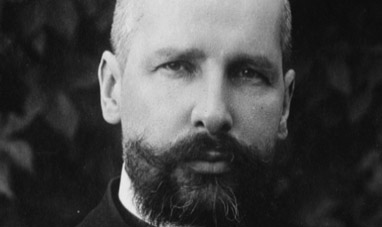

PYOTR STOLYPIN
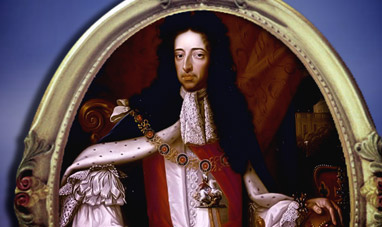

WILLIAM III, OF ORANGE
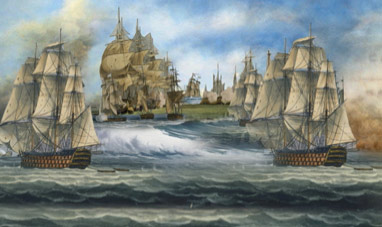

ZHENG HE


JAMES COOK
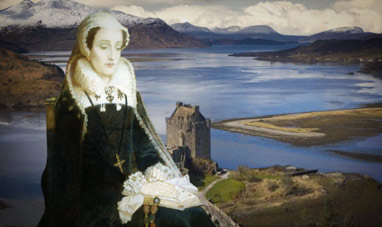

MARY STUART


VASILI NIKITICH MITROKHIN
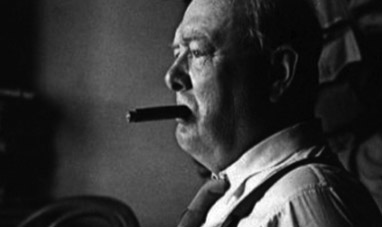

WINSTON CHURCHILL
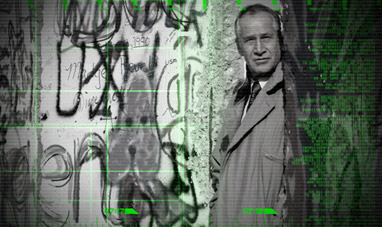

MARKUS WOLF


PATRICE DE MAC-MAHON
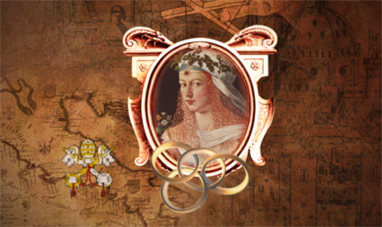

LUCREZIA BORGIA


FRANCIS DRAKE


PORFIRIO DÍAZ


PERICLES
